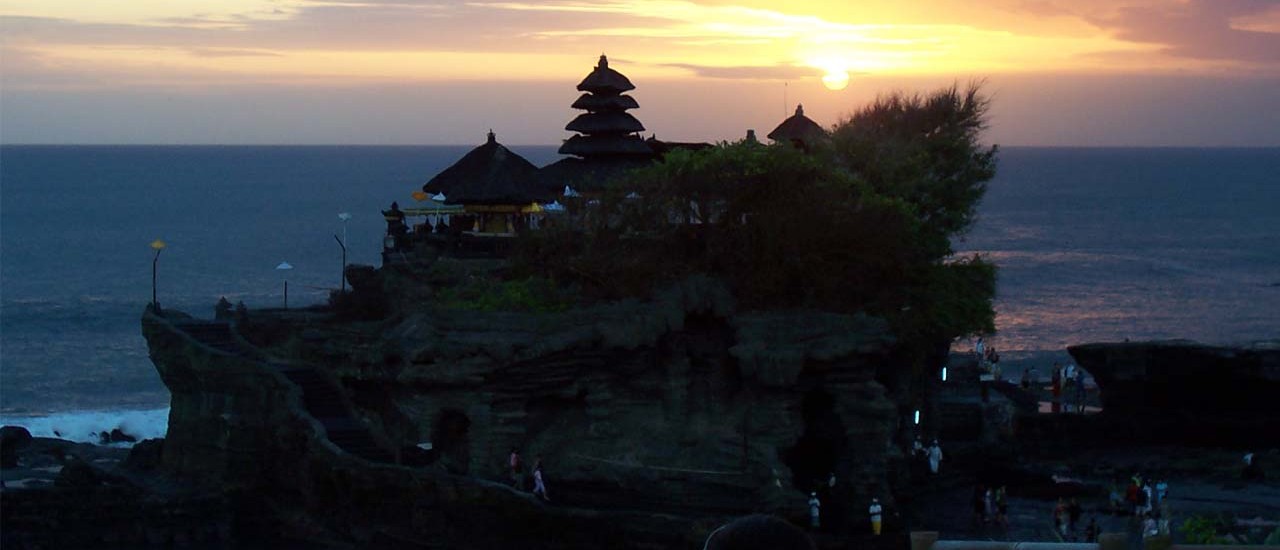

Besakih Tour
THE MAIN THE PLACE WILL BE VISITED:
GOA GAJAH
This is very famous hindu temple (special for siva god) Goa Gajah means Elephant Cave, located in the Village Bedulu village. Goa Gajah comes from the word Lwa Gajah, a word which are appears in the Lontar (Manuscript) Negarakertagama compiled by Mpu Prapanca in the year 1365 AD. Built at about the 11 th century AD, when King Sri Astasura Ratna Bumi Banten powered. This cave used as a hermitage, as evidenced by the existence of niches in the cave. There are also seven swimming baths with an angel statue which are was holding the holy water. Inside of the cave you can see some holy statue, amongs: ganesh statue (son of siva god), lingga-yoni statue (symbol of welfare).
TAMPAKSIRING
The location in tampaksiring village, Tirta Empul is a temple with a big water source residing in the middle of it. The water is clear, clean and holy assumed by the local resident to cure some disease. In tirta empul, you will see a Palace of Indonesia State founded by first president. Its place is very beautiful and peaceful that is surrounded by hill. There are many fountain in this temple that are using by local people for bathing and purification purpose.
AGROTOURISM (LUWAK COFEE PROCESSING)
Kopi luwak or civet coffee, refers to the seeds of coffee berries once they have been eaten and defecated by the Asian palm civet (Paradoxurus hermaphroditus).The name is also used for marketing brewed coffee made from the beans.
Producers of the coffee beans argue that the process may improve coffee through two mechanisms, selection and digestion. Selection occurs if the civets choose to eat coffee berries containing better beans. Digestive mechanisms may improve the flavor profile of the coffee beans that have been eaten. The civet eats the berries for the beans’ fleshy pulp, then in the digestive tract, fermentation occurs. The civet’s Protease enzymes seep into the beans, making shorter peptides and more free amino acids.Passing through a civet’s intestines the beans are then defecated with other fecal matter and collected.
The traditional method of collecting feces from wild civets has given way to intensive farming methods in which civets in battery cage systems are force fed the coffee beans. This method of production has raised ethical concerns about the treatment of civets due to “horrific conditions” including isolation, poor diet, small cages and a high mortality rate.A 2013 BBC investigation of intensive civet farming in Sumatra found conditions of animal cruelty. Intensive farming is also criticised by traditional farmers because the civets do not select what they eat, so the beans are of poor quality compared to beans collected from the wild. According to an officer from the TRAFFIC conservation programme, the trade in civets to make kopi luwak may constitute a significant threat to wild civet populations.
Kopi luwak is produced mainly on the islands of Sumatra, Java, Bali and Sulawesi in the Indonesian Archipelago. It is also widely gathered in the forest or produced in the farms in the islands of the Philippines (where the product is called kape motit in the Cordillera region, kape alamid in Tagalog areas, and kape melô or kape musang in Mindanao island), and in East Timor (where it is called kafé-laku). Weasel coffee is a loose English translation of its Vietnamese name cà phê Chồn, where popular, chemically simulated versions are also produced.
BESAKIH
The Mother Temple of Besakih, or Pura Besakih, in the village of Besakih on the slopes of Mount Agung in eastern Bali, Indonesia, is the most important, the largest and holiest temple of Hindu religion in Bali, and one of a series of Balinese temples. Perched nearly 1000 meters up the side of Gunung Agung, it is an extensive complex of 23 separate but related temples with the largest and most important being Pura Penataran Agung. This is built on six levels, terraced up the slope. This entrance is an imposing Candi Bentar (split gateway), and beyond it the even more impressive Kori Agung is the gateway to the second courtyard.
The precise origins of the temple are not clear but it almost certainly dates from prehistoric times. The stone bases of Pura Penataran Agung and several other temples resemble megalithic stepped pyramids, which date back at least 2000 years. It was certainly used as a Hindu place of worship from 1284 when the first Javanese conquerors settled in Bali. By the 15th century, Besakih had become a state temple of the Gelgel dynasty
Itinerary:
- 09.00 : Pick up at the hotel (ubud area)
- 10.00 : Visit goa gajah temple (elephant cave temple)
- 11.00 : Visit tampaksiring (tirta empul/holy spring temple)
- 12.00 : Visit agrotourism (luwak cofee)
- 13.00 : Enjoy lunch at local restaurant
- 15.00 : Visit besakih temple
- 16.00 : Back to hotel
- 17.00 : Arrive at hotel
price:
- IDR 1.040.000/CAR
Includes:
- Car + Petrol
- 21% government tax and service charge
- Private full air-conditioning car
- Speaking English driver
- Insurance
- Parking fee
- Mineral water
- Sarong (use for the temple)
Not includes: lunch, entrance ticket
Note: time is flexible and depends of conditions on the trip





